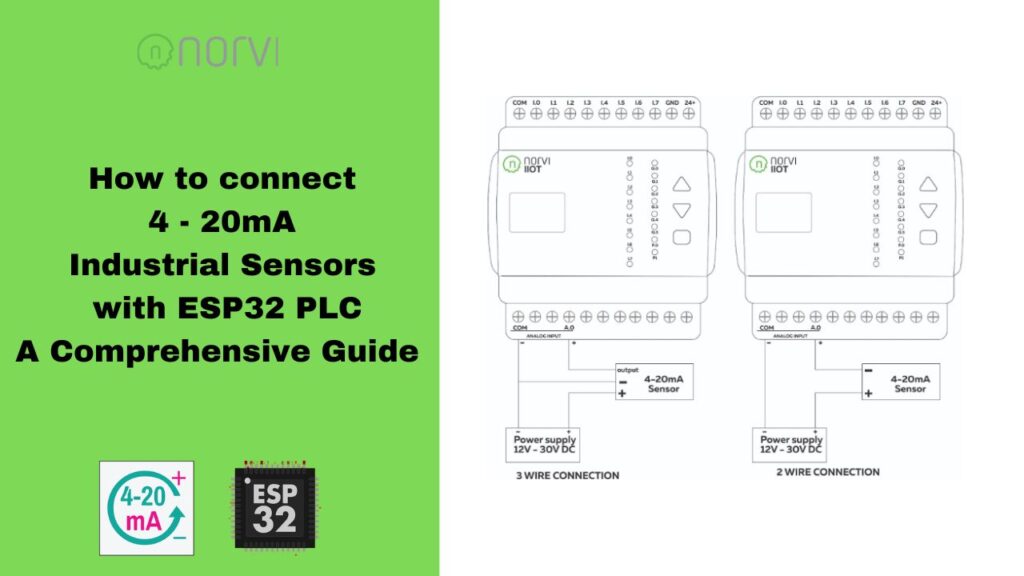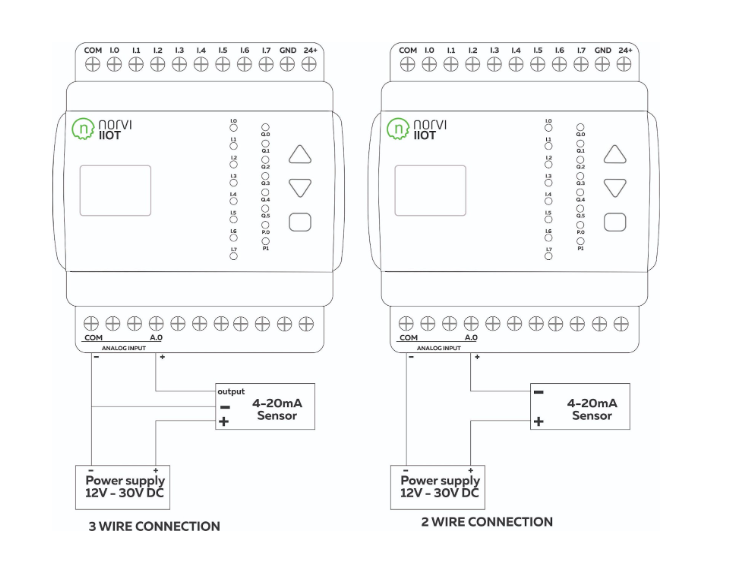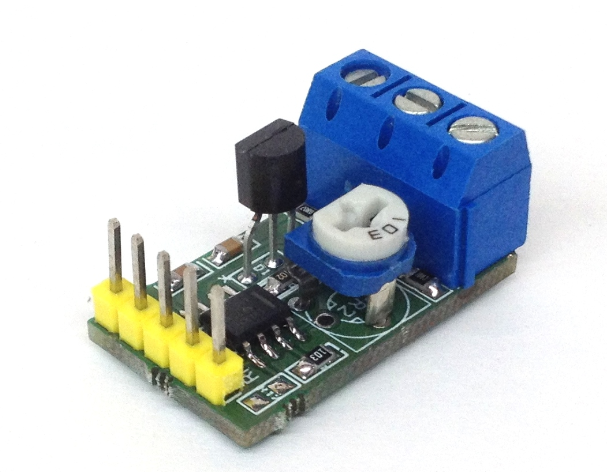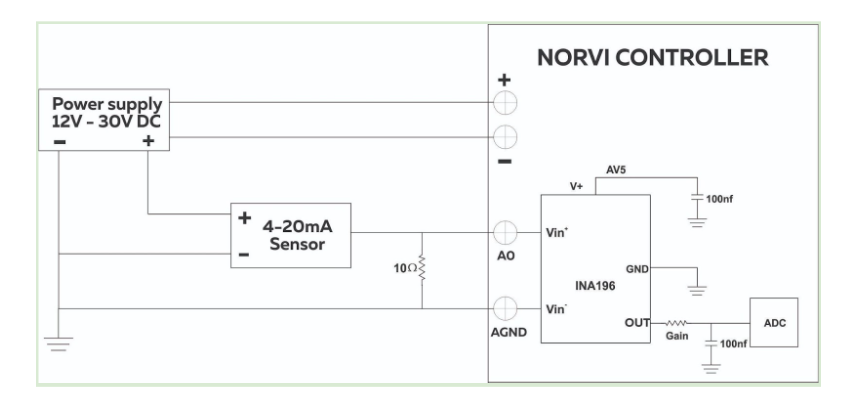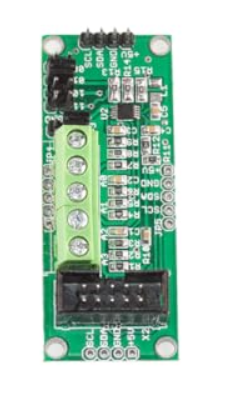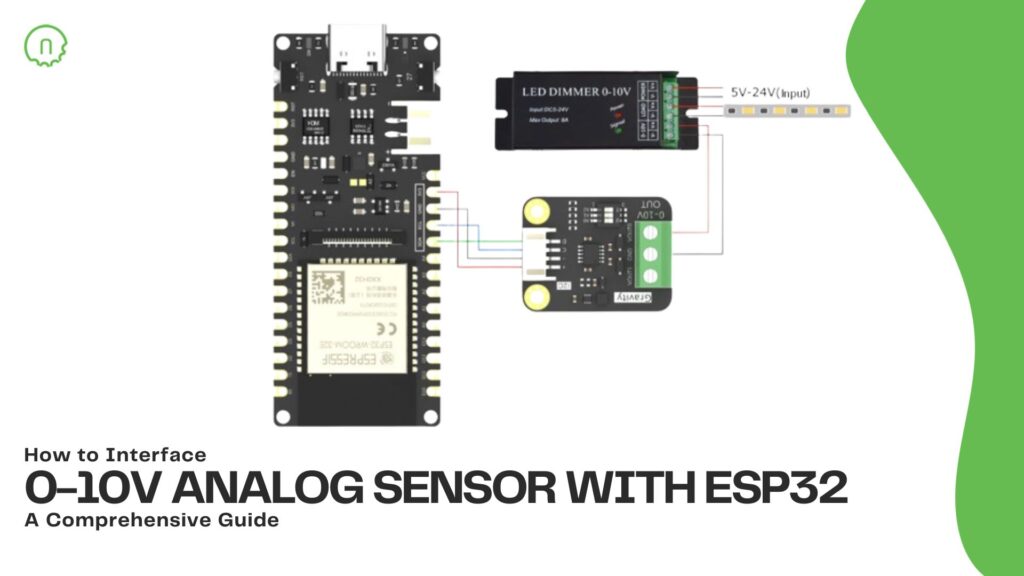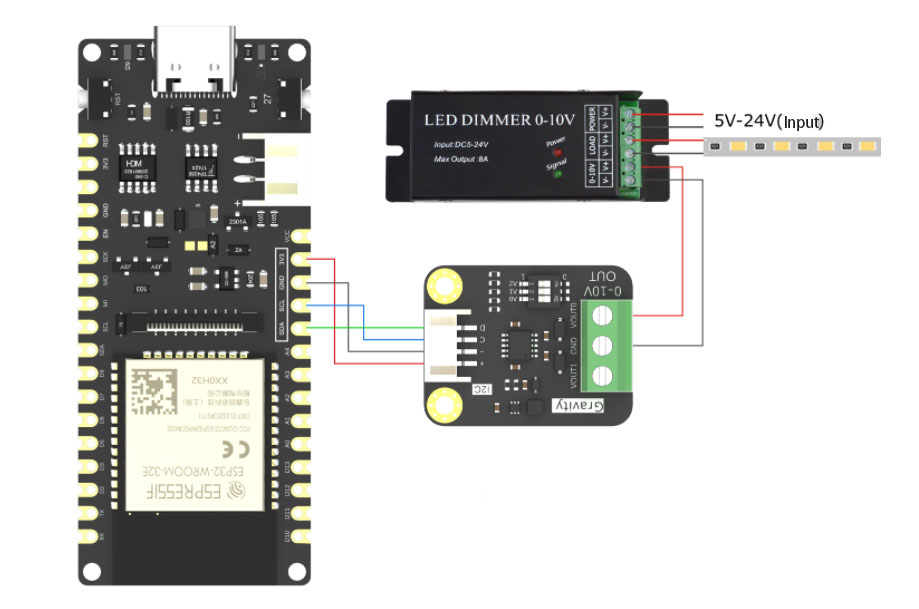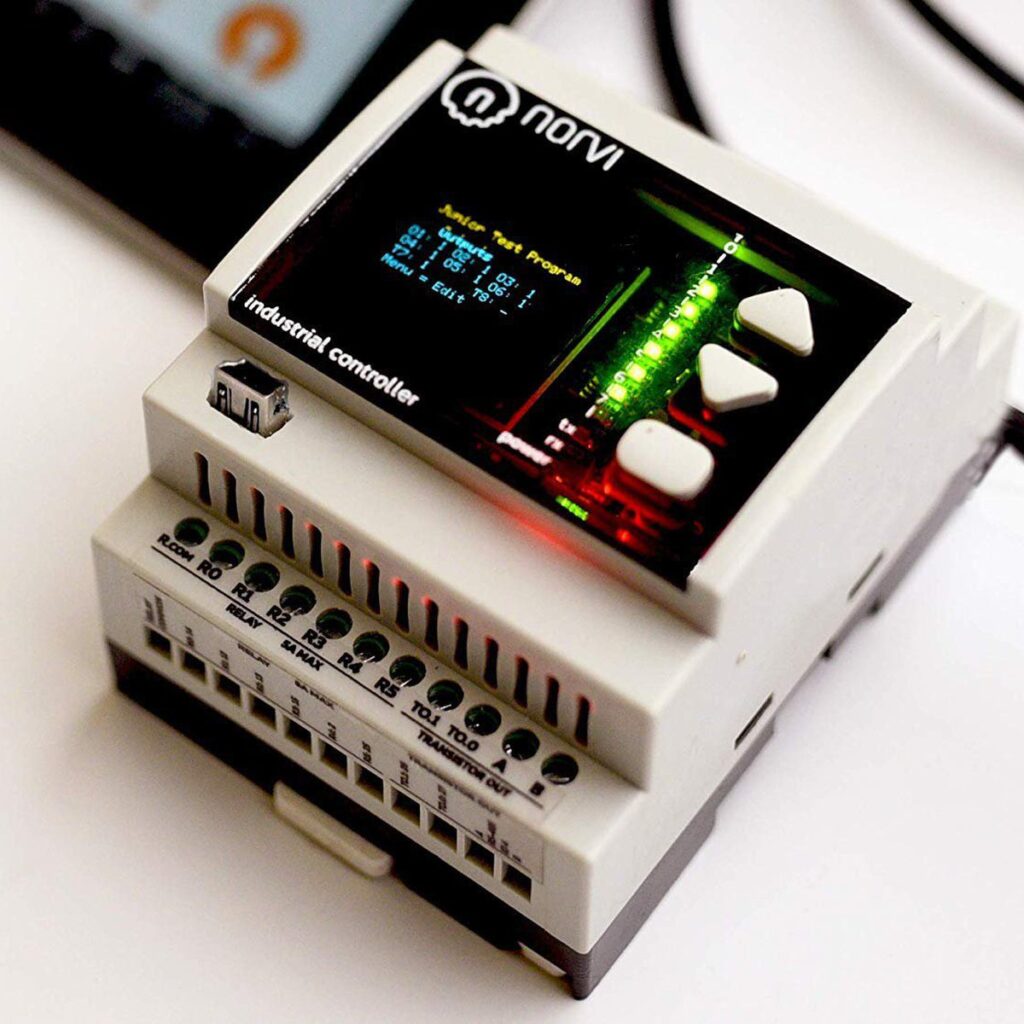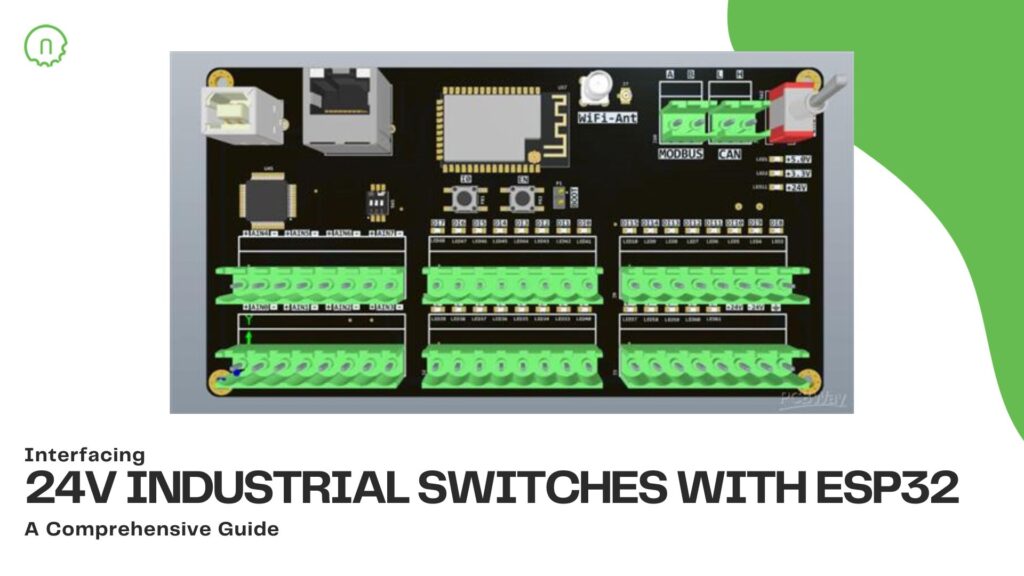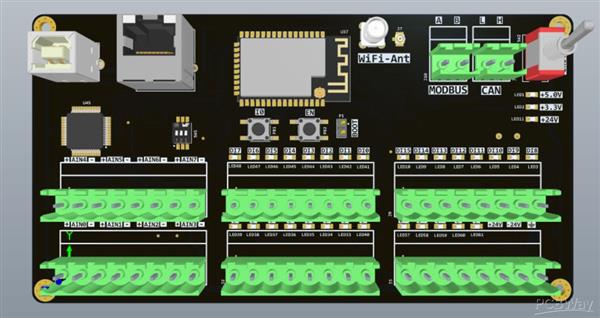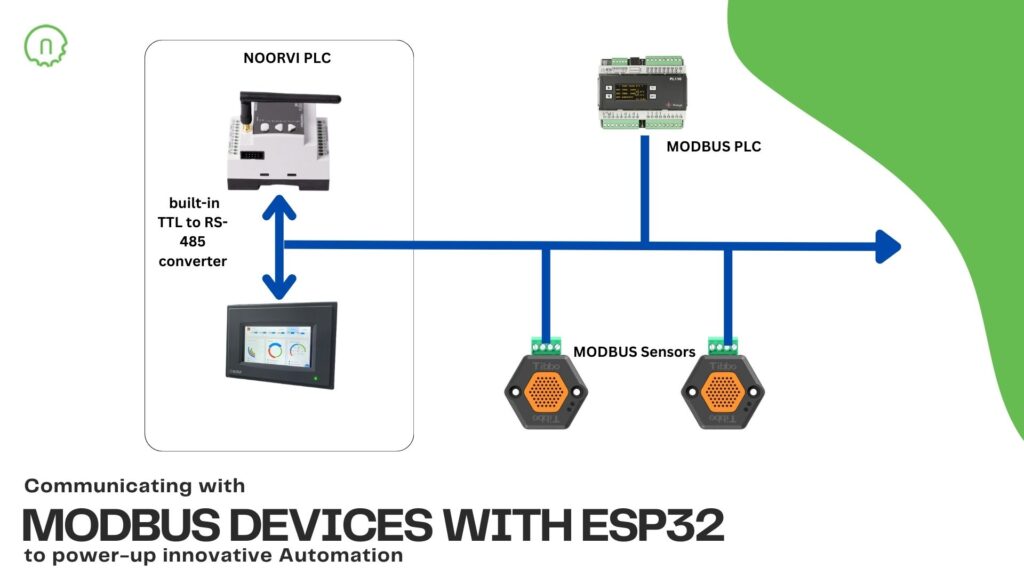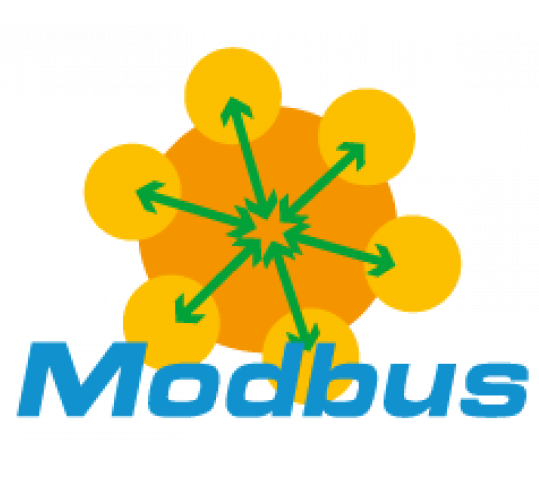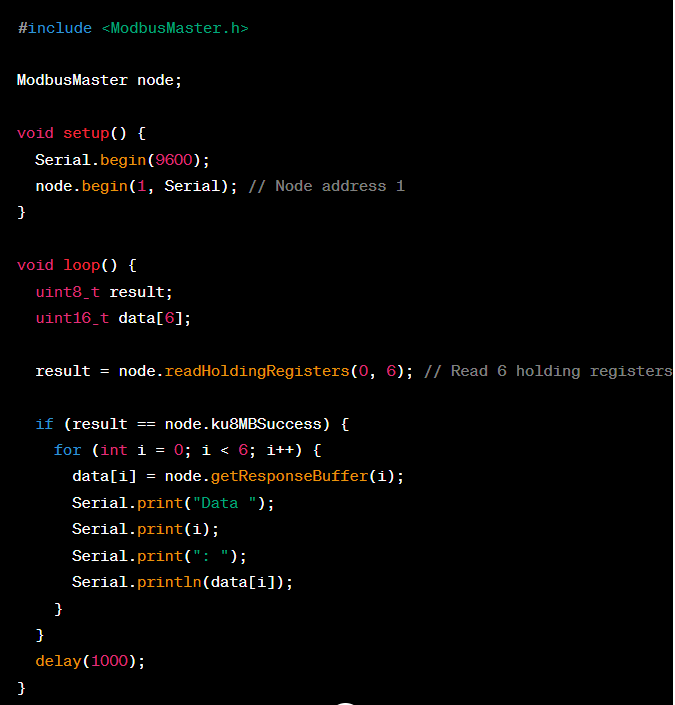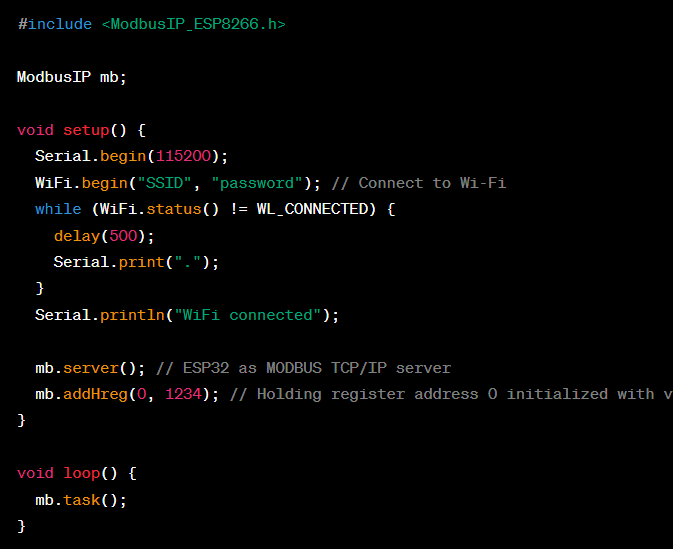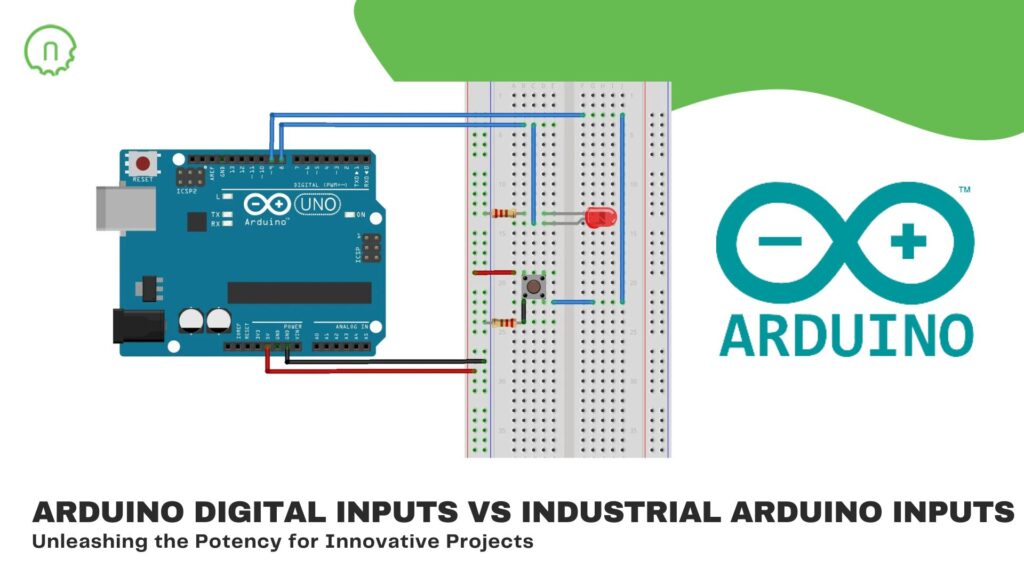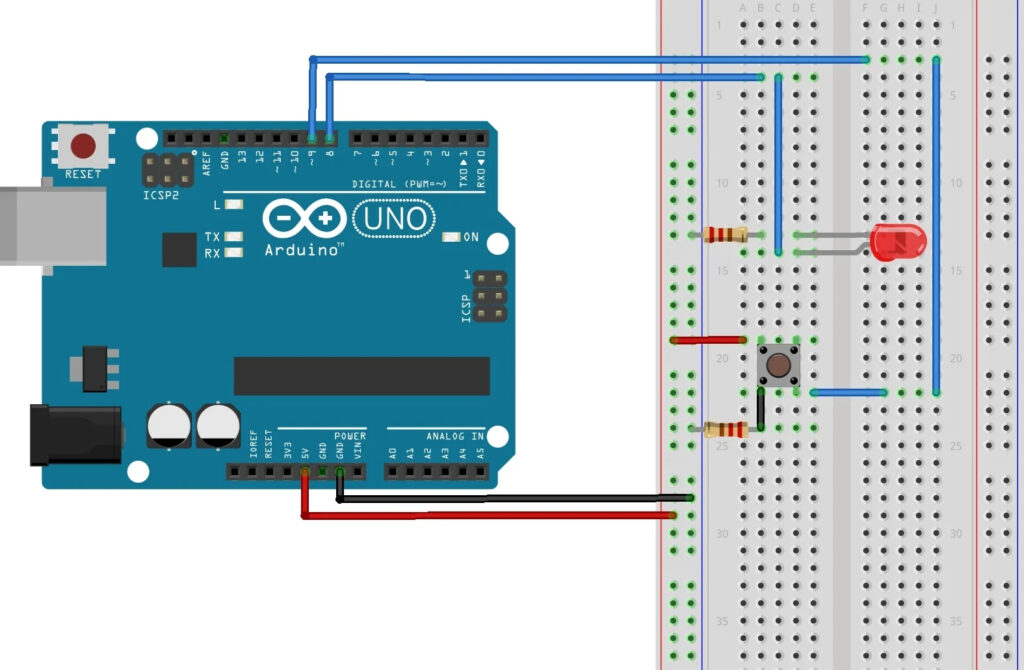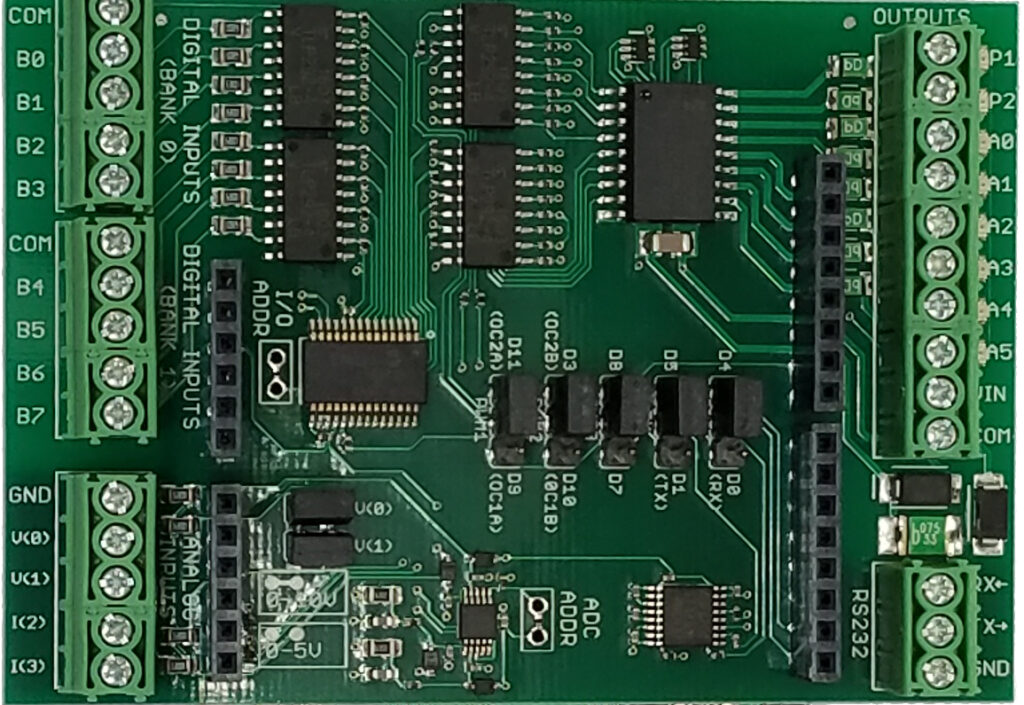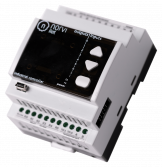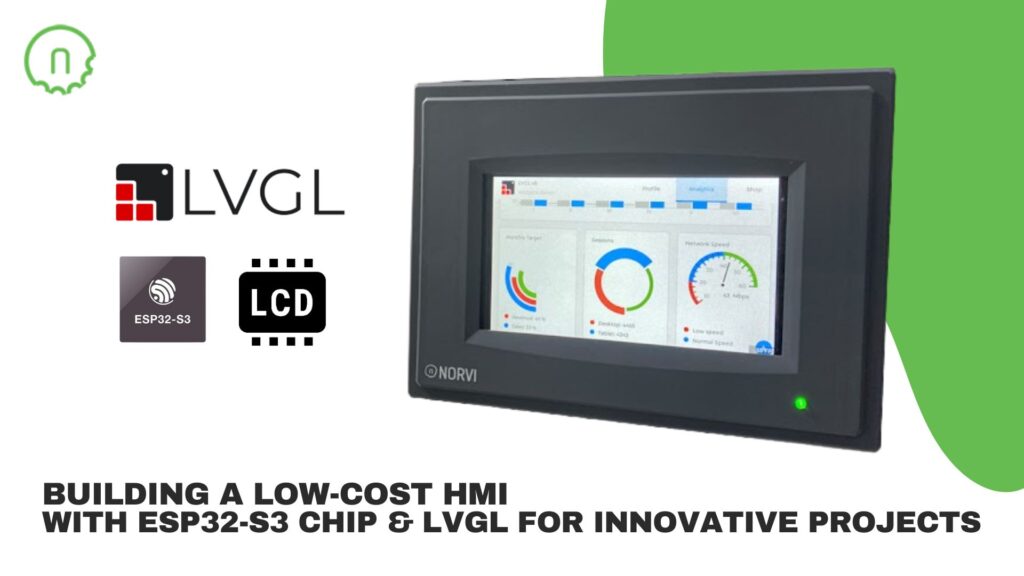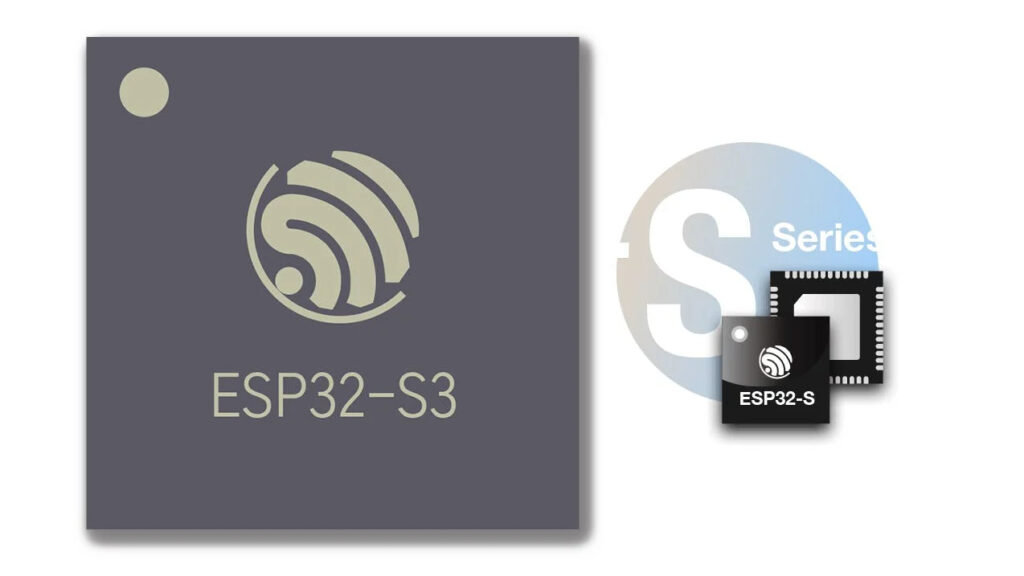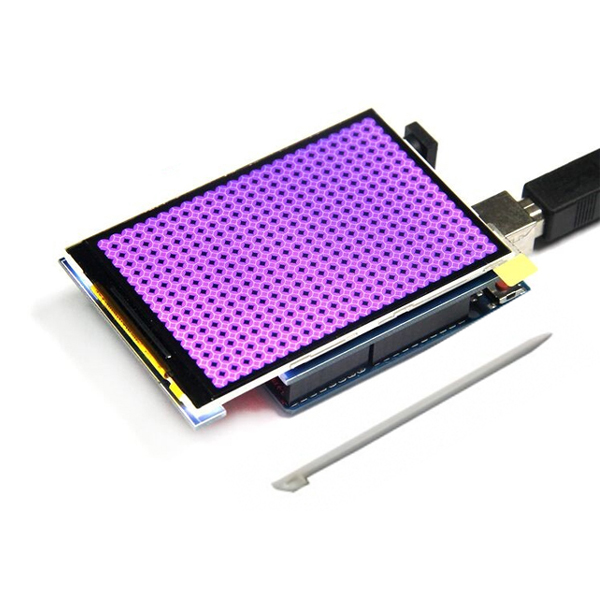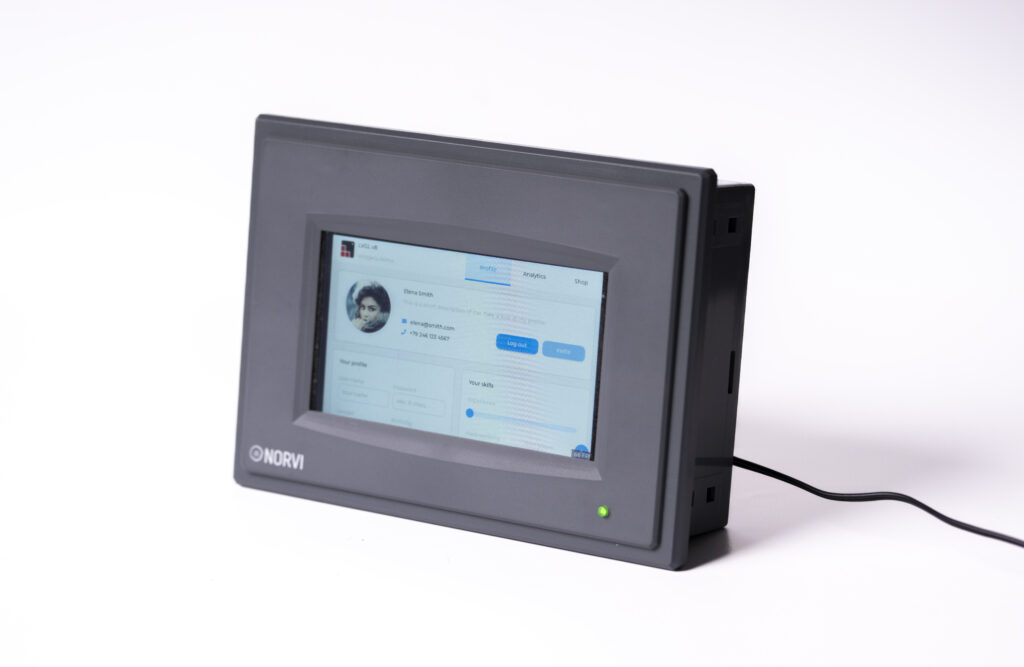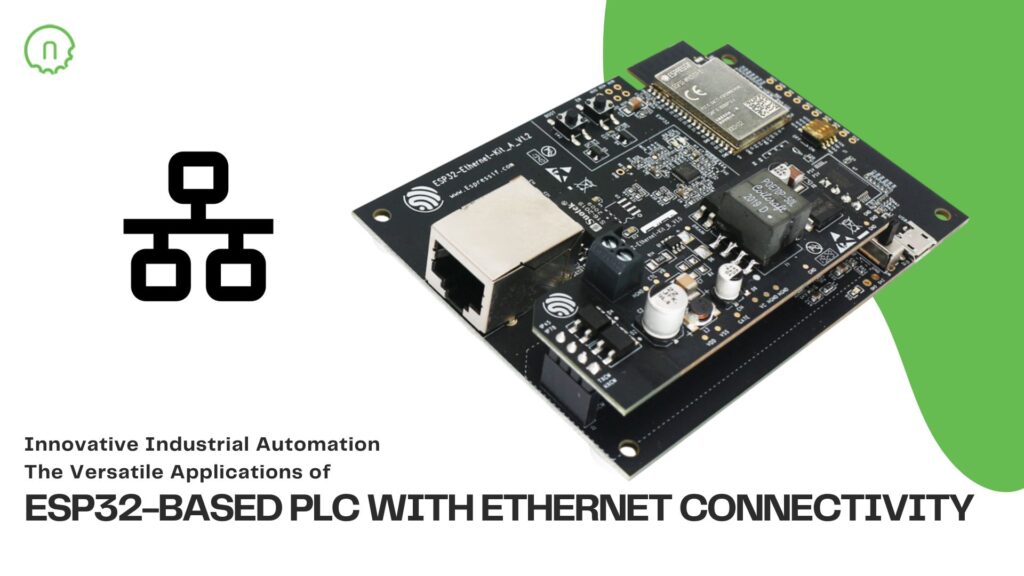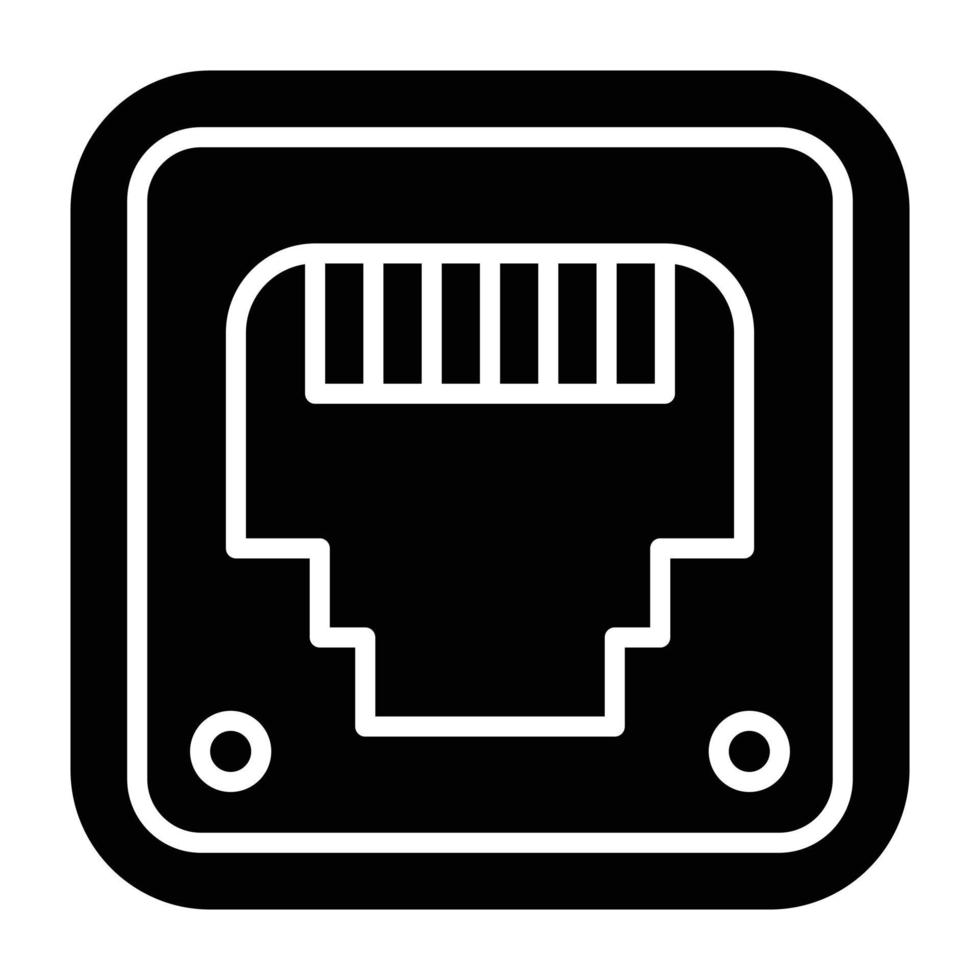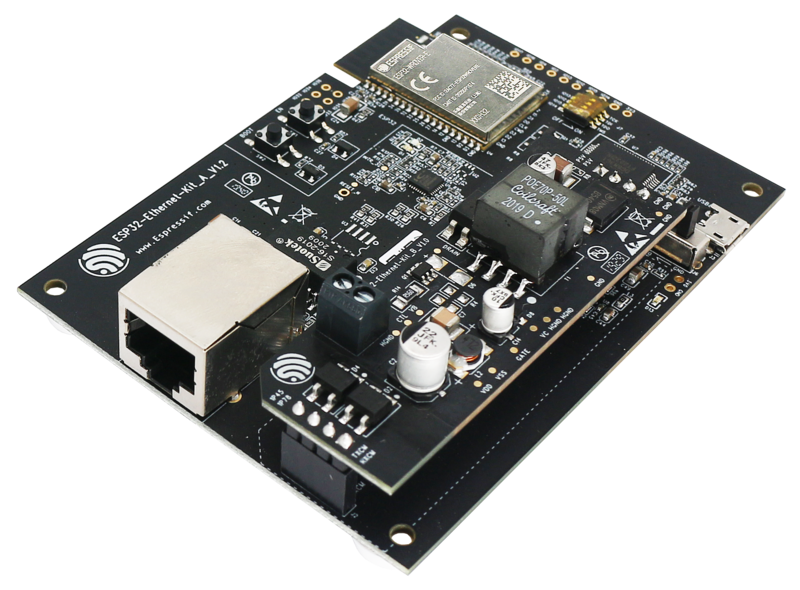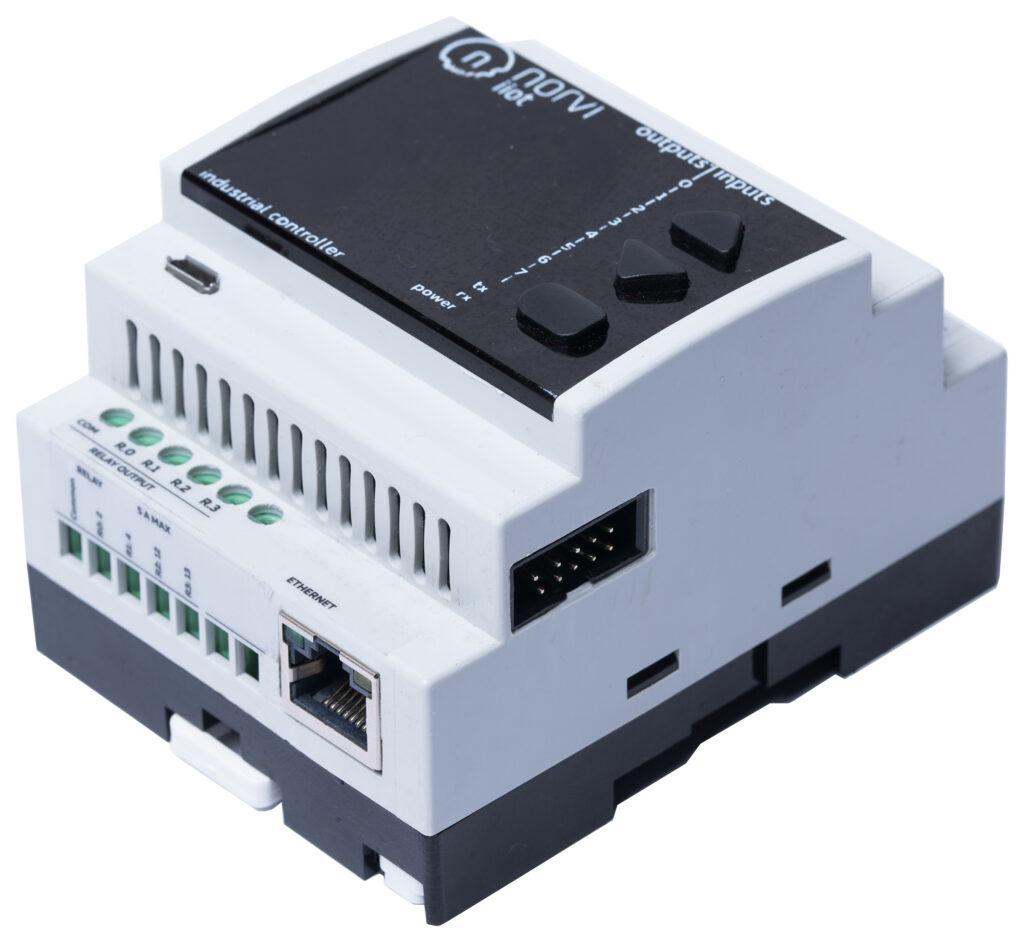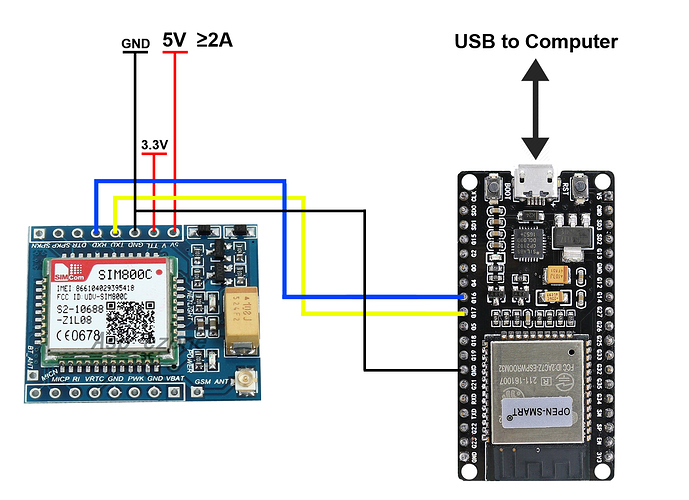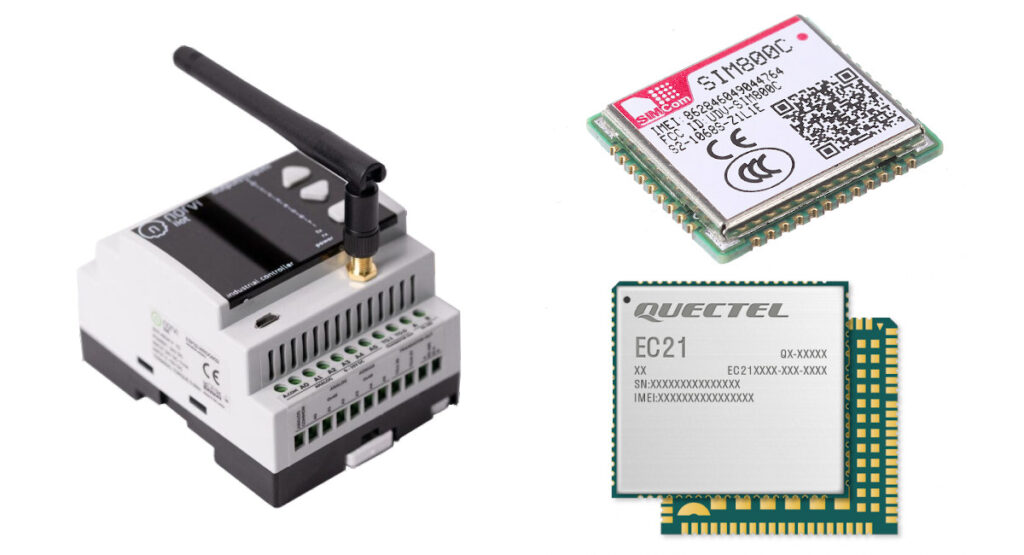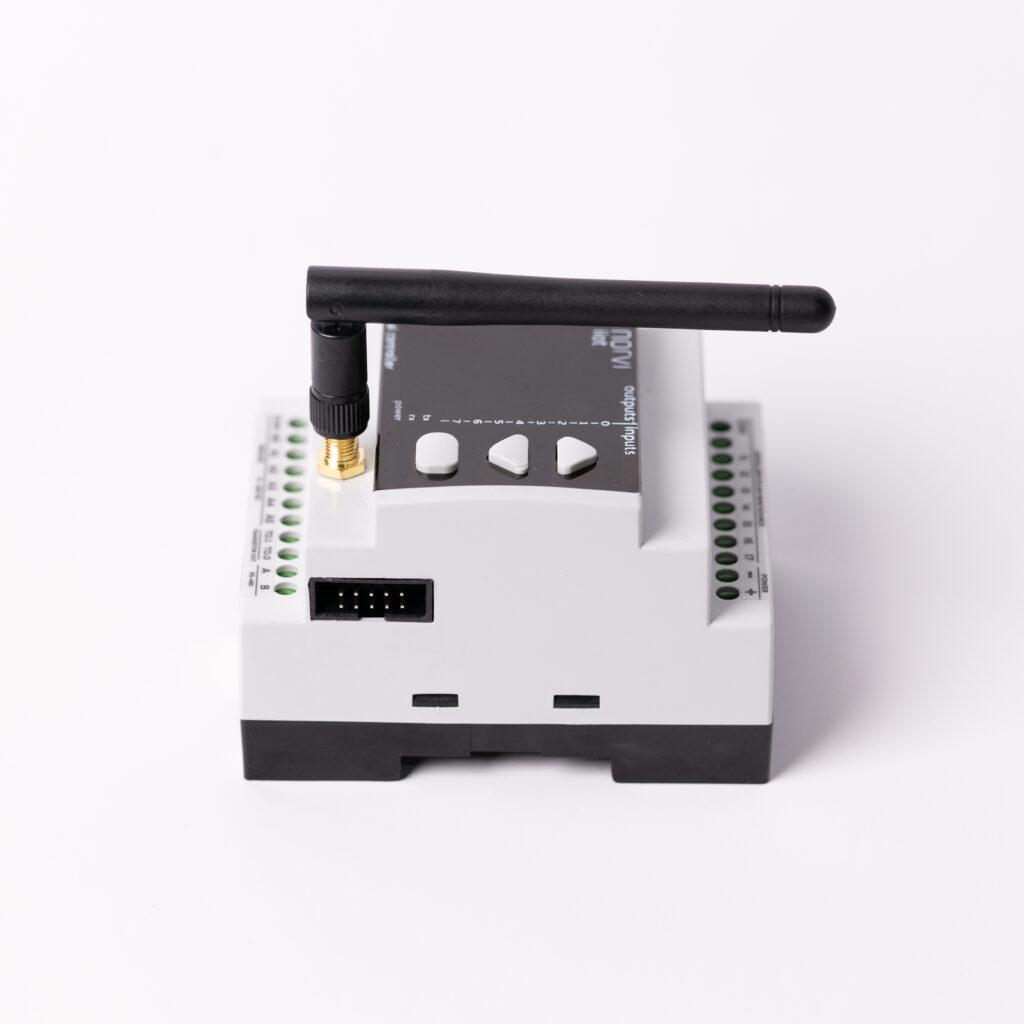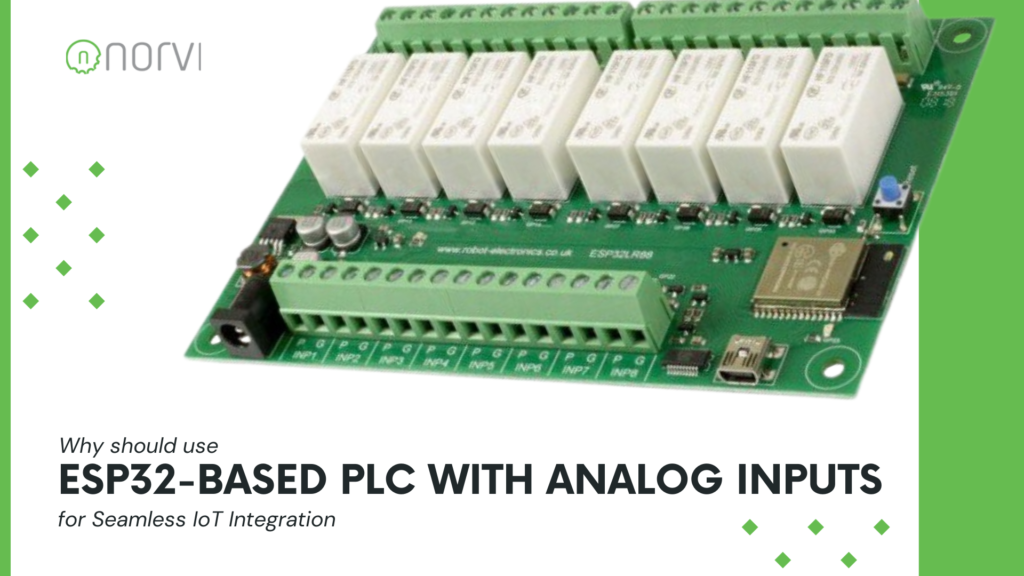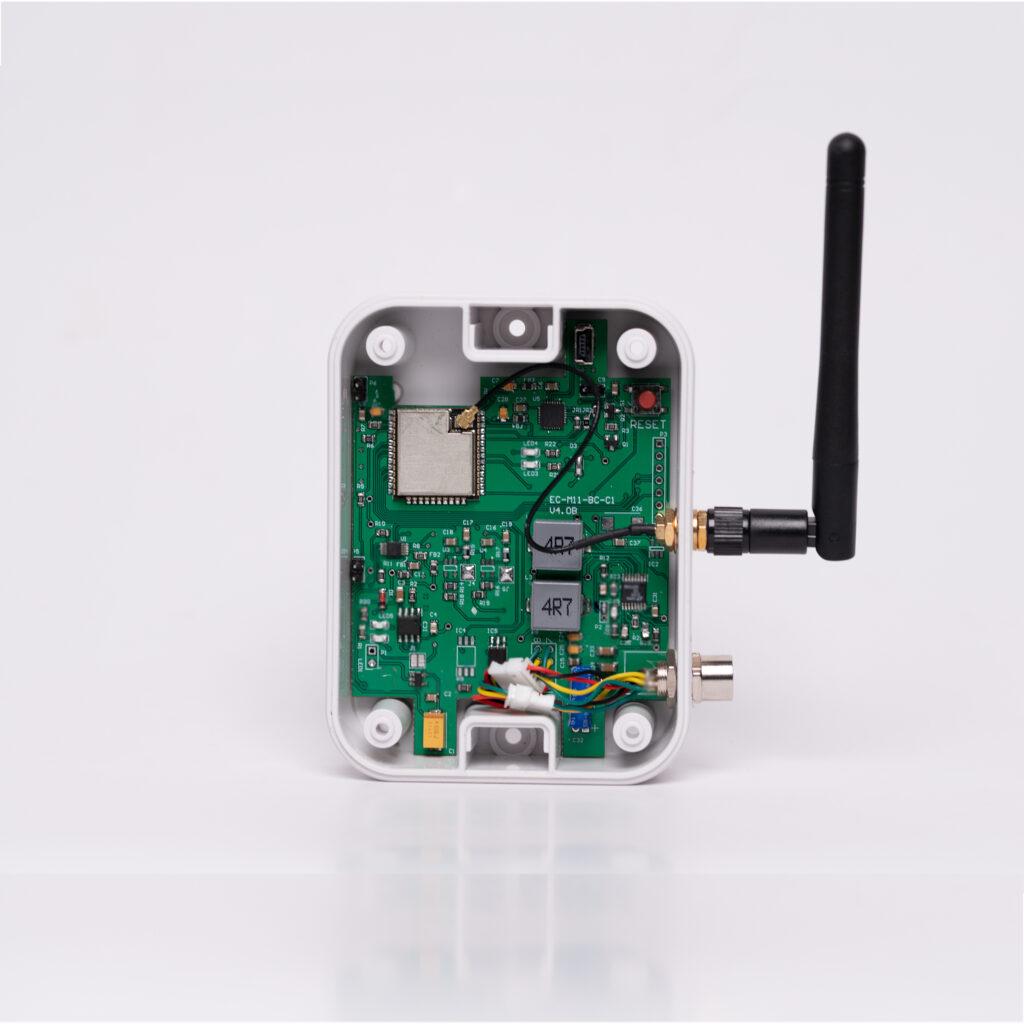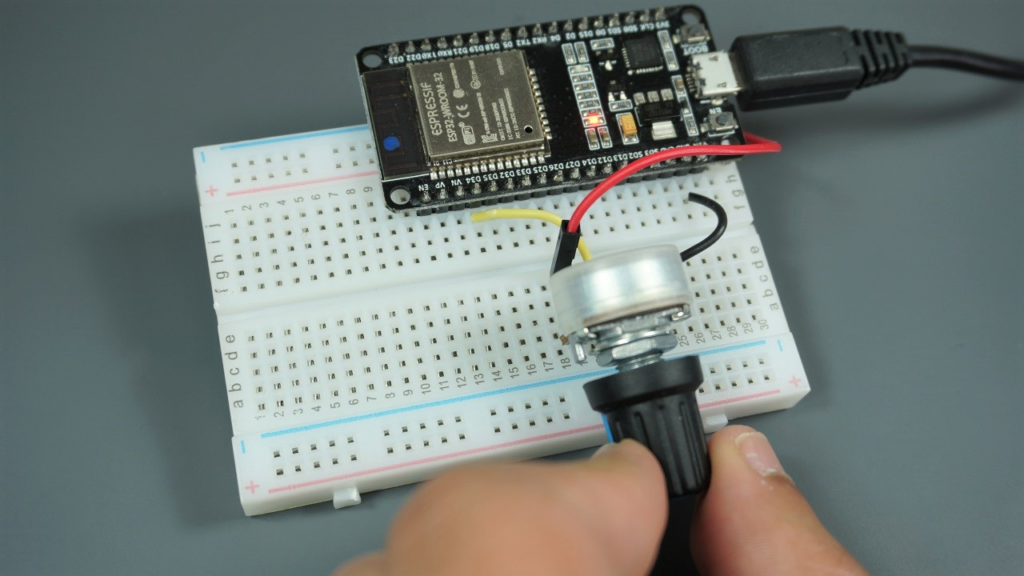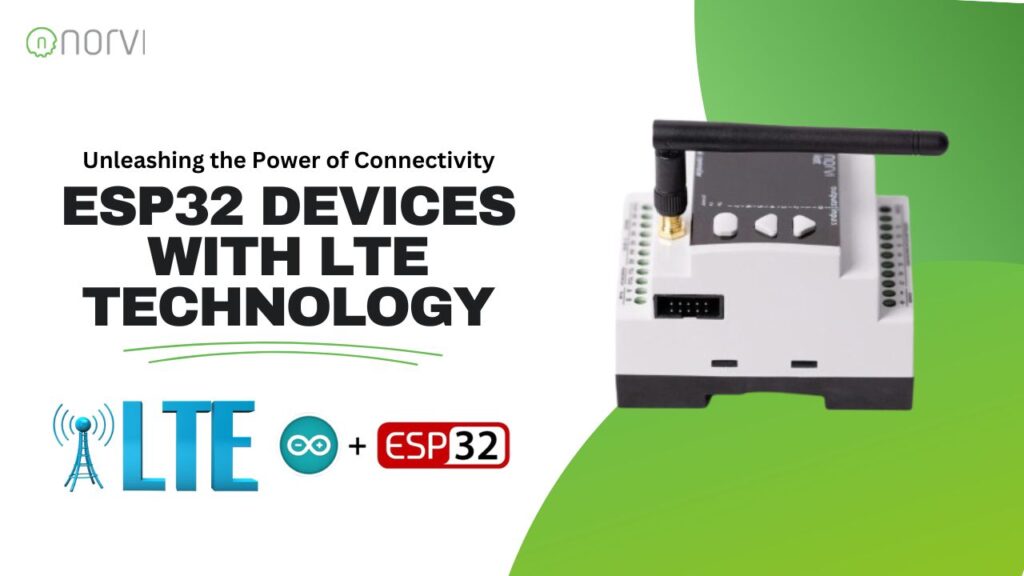
Discover a new realm of possibilities with ‘Unleashing the Power of Connectivity: ESP32 Devices with LTE Technology’ through this article. Dive into the seamless integration of ESP32 devices and LTE technology, unlocking a world of fast, reliable, and versatile connectivity. This meta description invites you to explore the cutting-edge synergy between ESP32 and LTE, empowering your projects with enhanced communication capabilities, wider reach, and unprecedented efficiency. Elevate your IoT and embedded systems to new heights by harnessing the combined strength of ESP32 and LTE for a connected future like never before
In the ever-evolving landscape of the Internet of Things (IoT), seamless connectivity is the key to unlocking the full potential of smart devices. The ESP32, a versatile and powerful microcontroller, has been a game-changer in the world of IoT development. Now, with the integration of Long-Term Evolution (LTE) technology, ESP32 devices are taking a giant leap forward, enabling faster and more reliable wireless communication. In this article, we’ll explore the benefits and applications of ESP32 devices with LTE technology.
The ESP32, developed by Espressif Systems, has gained widespread popularity for its dual-core processing capabilities, integrated Wi-Fi, and Bluetooth functionalities. It has become the microcontroller of choice for a wide range of IoT applications, from home automation to industrial monitoring.
Introduction of LTE Technology
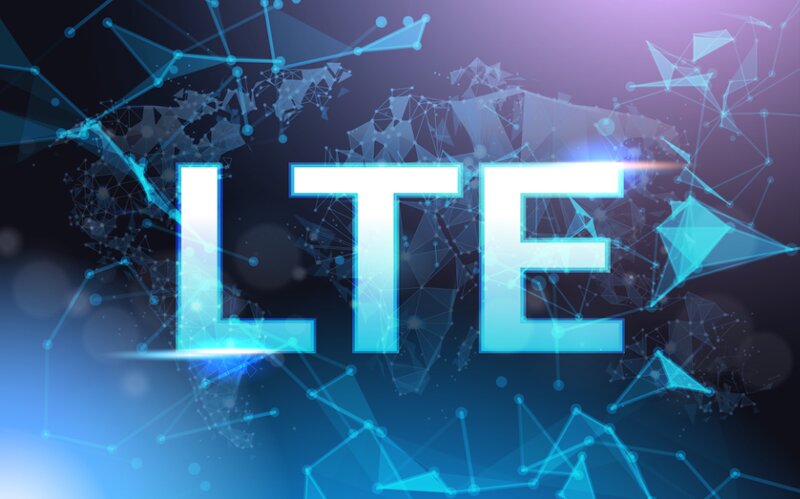
LTE, or Long-Term Evolution, is a standard for wireless broadband communication that provides high-speed data transfer. With LTE, ESP32 devices can now tap into cellular networks, offering a more robust and widely accessible communication method compared to traditional Wi-Fi or Bluetooth connections.
Key Advantages of ESP32 Devices with LTE Technology
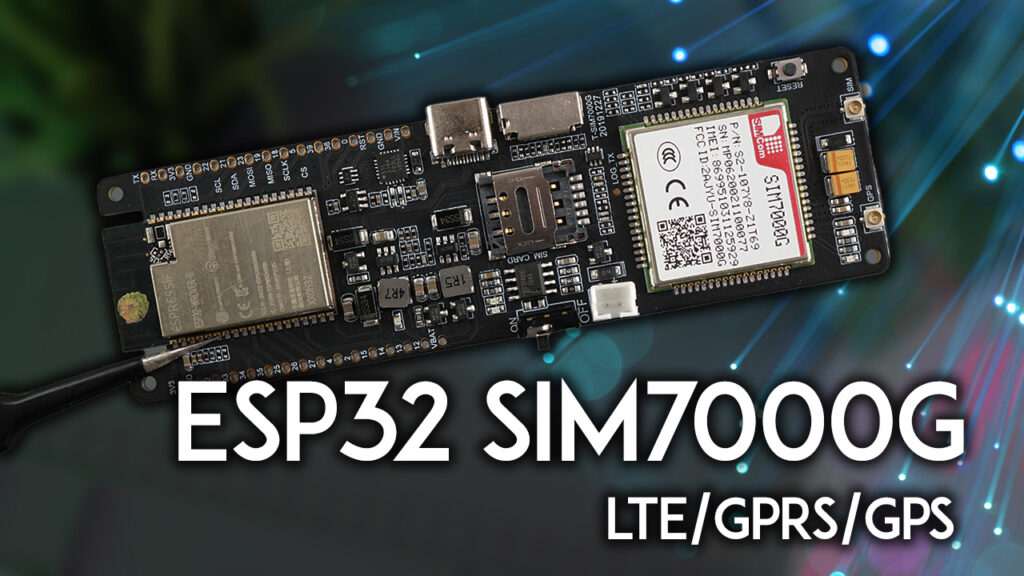
Let’s explore what are the key advantages of ESP32 Devices with LTE Technology as below,
Extended Range and Coverage:
- LTE technology extends the range of ESP32 devices beyond the limitations of Wi-Fi, making them suitable for applications in remote areas, agriculture, and outdoor environments. This ensures reliable connectivity even in areas with limited or no Wi-Fi coverage.
Enhanced Data Transfer Speeds:
- LTE offers higher data transfer speeds compared to traditional wireless standards, allowing ESP32 devices to transmit and receive data at faster rates. This is particularly crucial for applications that require real-time data processing, such as video streaming or remote monitoring.
Improved Reliability:
- LTE networks are known for their reliability and stability. ESP32 devices with LTE can maintain a consistent connection, reducing the chances of signal interruptions and enhancing the overall reliability of IoT applications.
Global Connectivity:
- Unlike Wi-Fi, which is localized and requires specific infrastructure, LTE provides global connectivity. ESP32 devices equipped with LTE can communicate across borders, making them ideal for applications that demand international reach, such as asset tracking and logistics.
Applications of ESP32 with LTE
There are many applications related to ESP32 Devices with LTE Technology, below only mentioned a few applications.
Smart Agriculture:
- ESP32 devices with LTE can be deployed in agricultural settings to monitor soil conditions, weather patterns, and crop health. The extended range and reliability of LTE ensure seamless connectivity across large farmlands.
Industrial IoT (IIoT):
- In industrial environments, where Wi-Fi signals may be unreliable, ESP32 devices with LTE offer a reliable solution for monitoring equipment, gathering sensor data, and optimizing processes.
Asset Tracking:
- The global connectivity provided by LTE makes ESP32 devices suitable for asset tracking applications. Whether tracking vehicles, containers, or valuable assets, LTE ensures constant communication and accurate location data.
Smart Cities:
- ESP32 devices with LTE contribute to the development of smart cities by enabling efficient communication between various devices, such as streetlights, parking sensors, and environmental monitoring systems.
Conclusion
The integration of ESP32 Devices with LTE Technology marks a significant advancement in the realm of IoT connectivity. Developers and businesses can leverage the extended range, improved data transfer speeds, and global connectivity to create innovative and reliable solutions for a variety of applications. As ESP32 Devices with LTE Technology become more prevalent, the landscape of IoT will continue to evolve, opening up new possibilities for a connected and intelligent future.
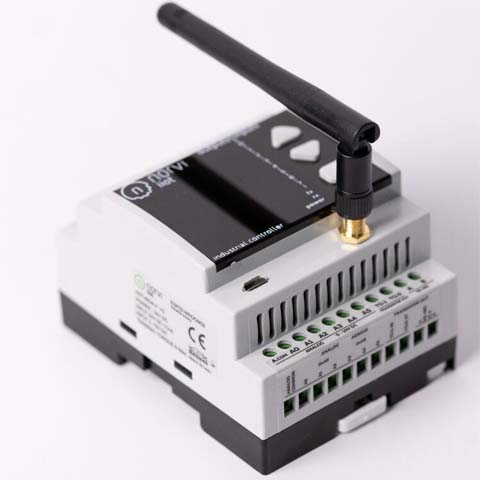
ESP32 with LTE technology and NORVI Controllers are available to buy.
Visit the Store or, Website Contact Us at support@icd.lk

